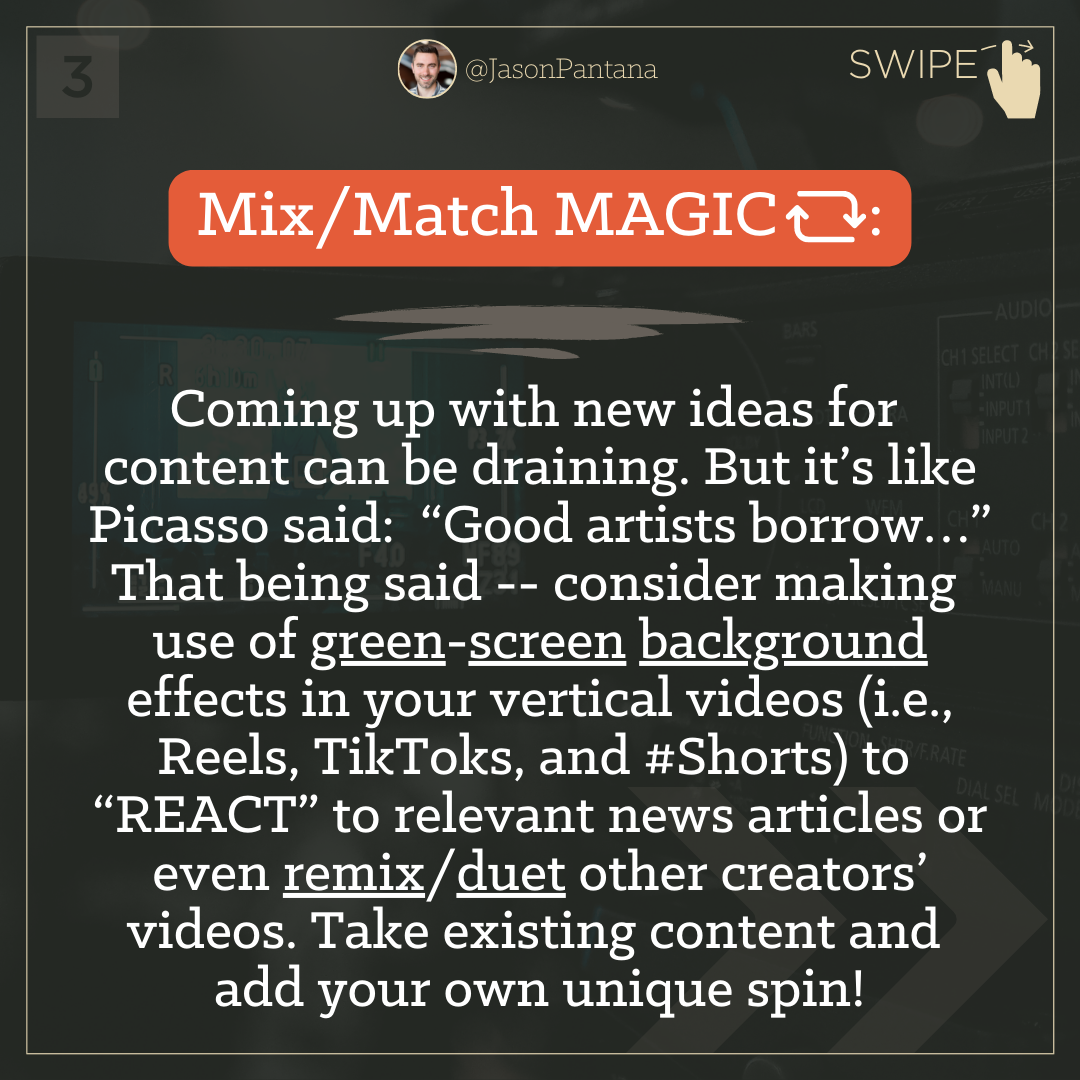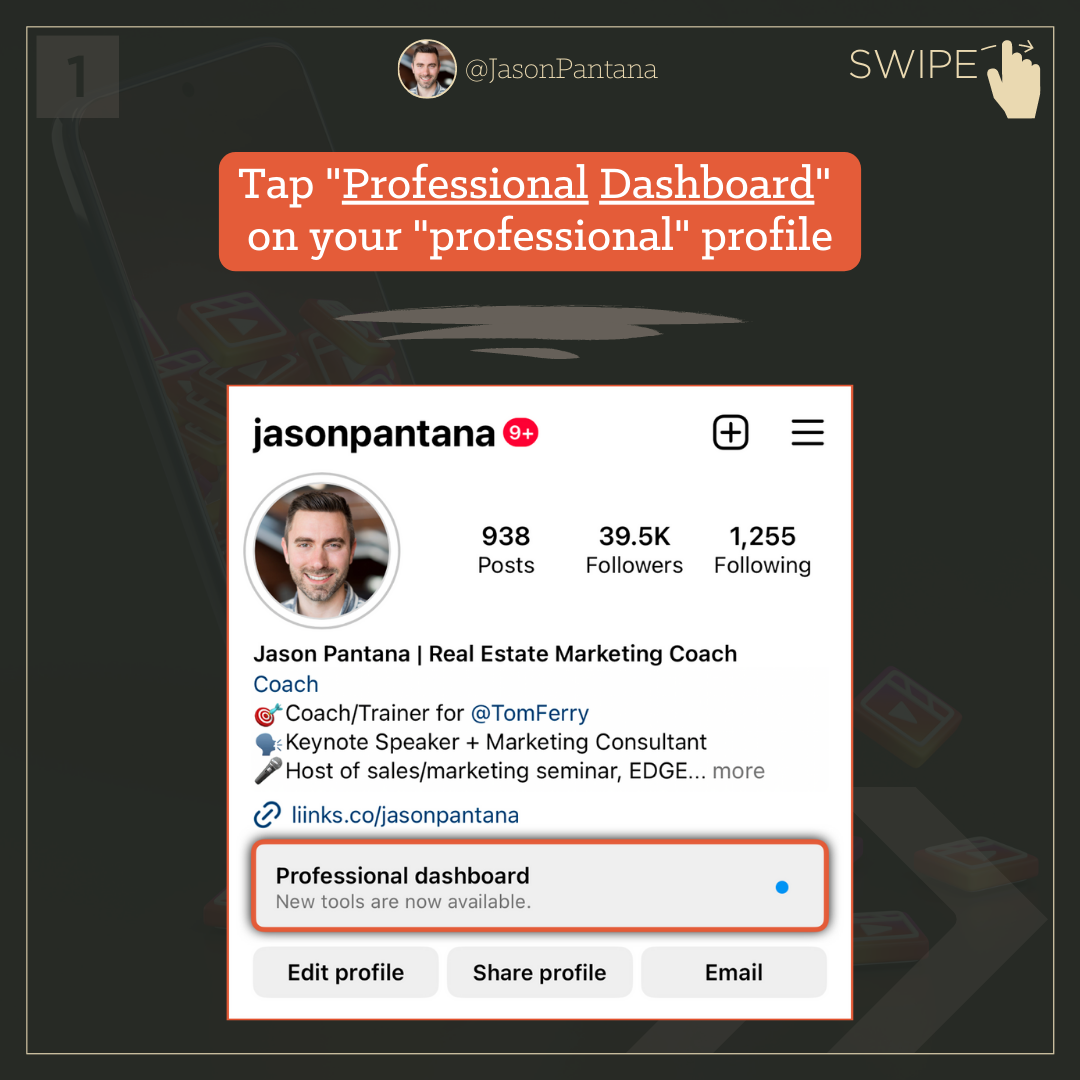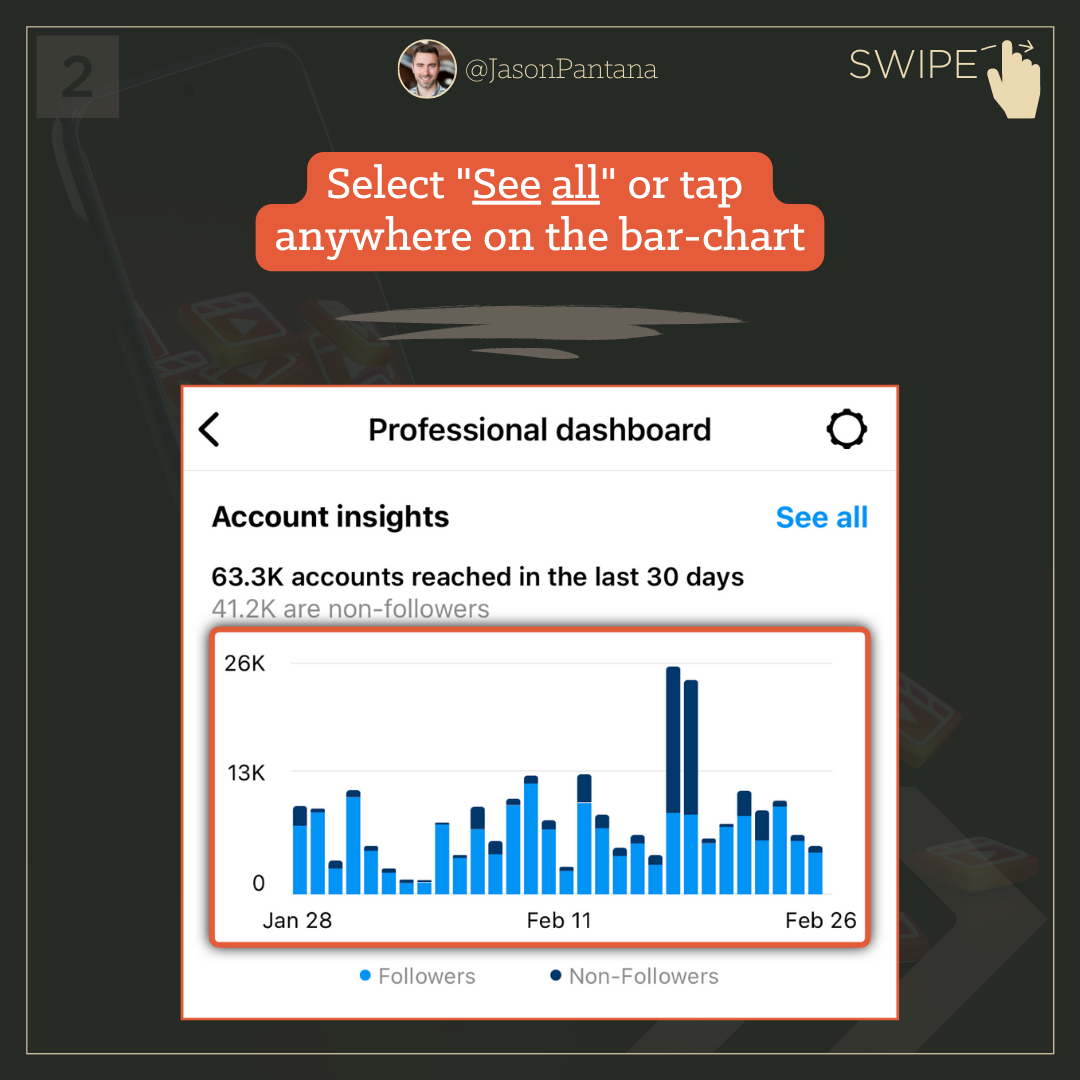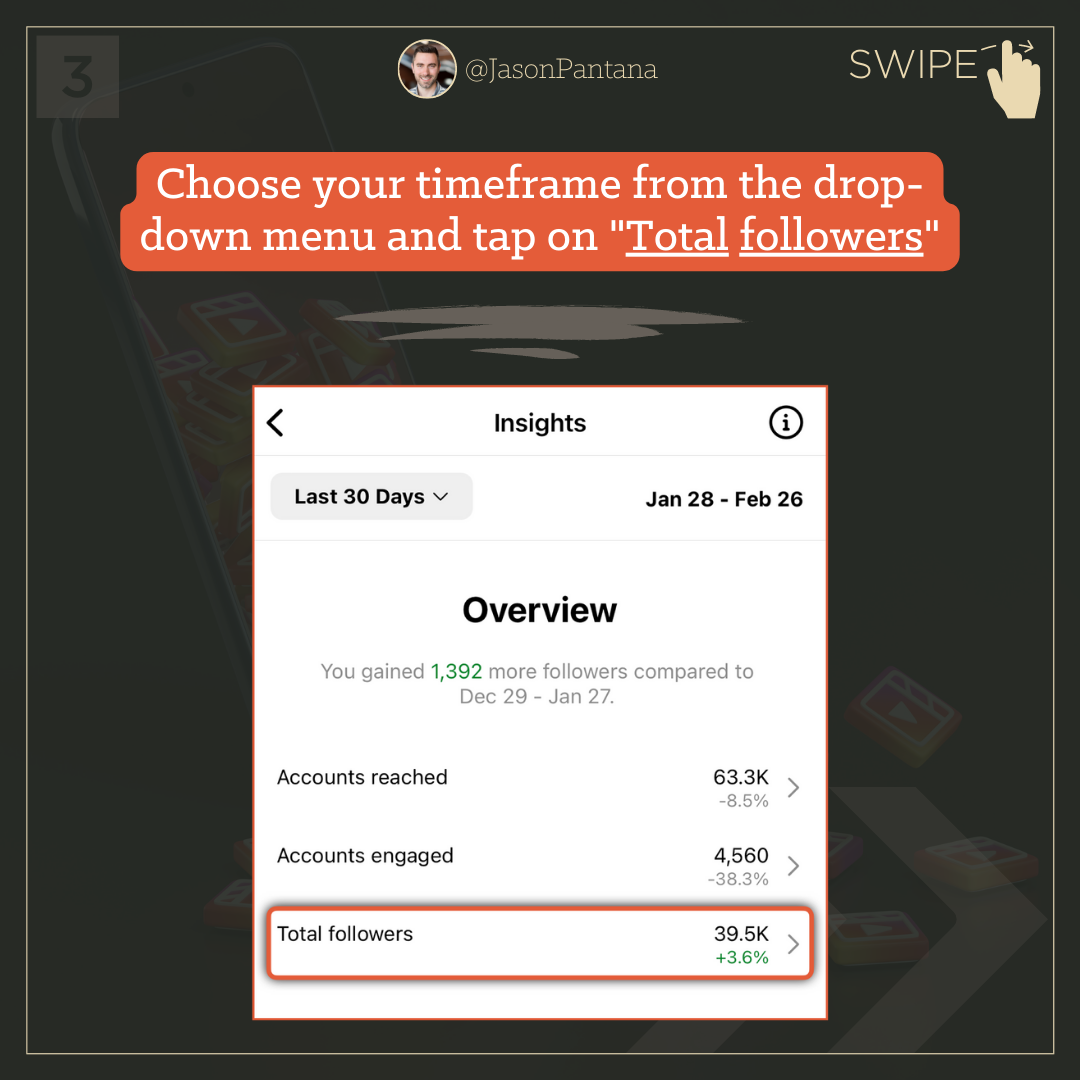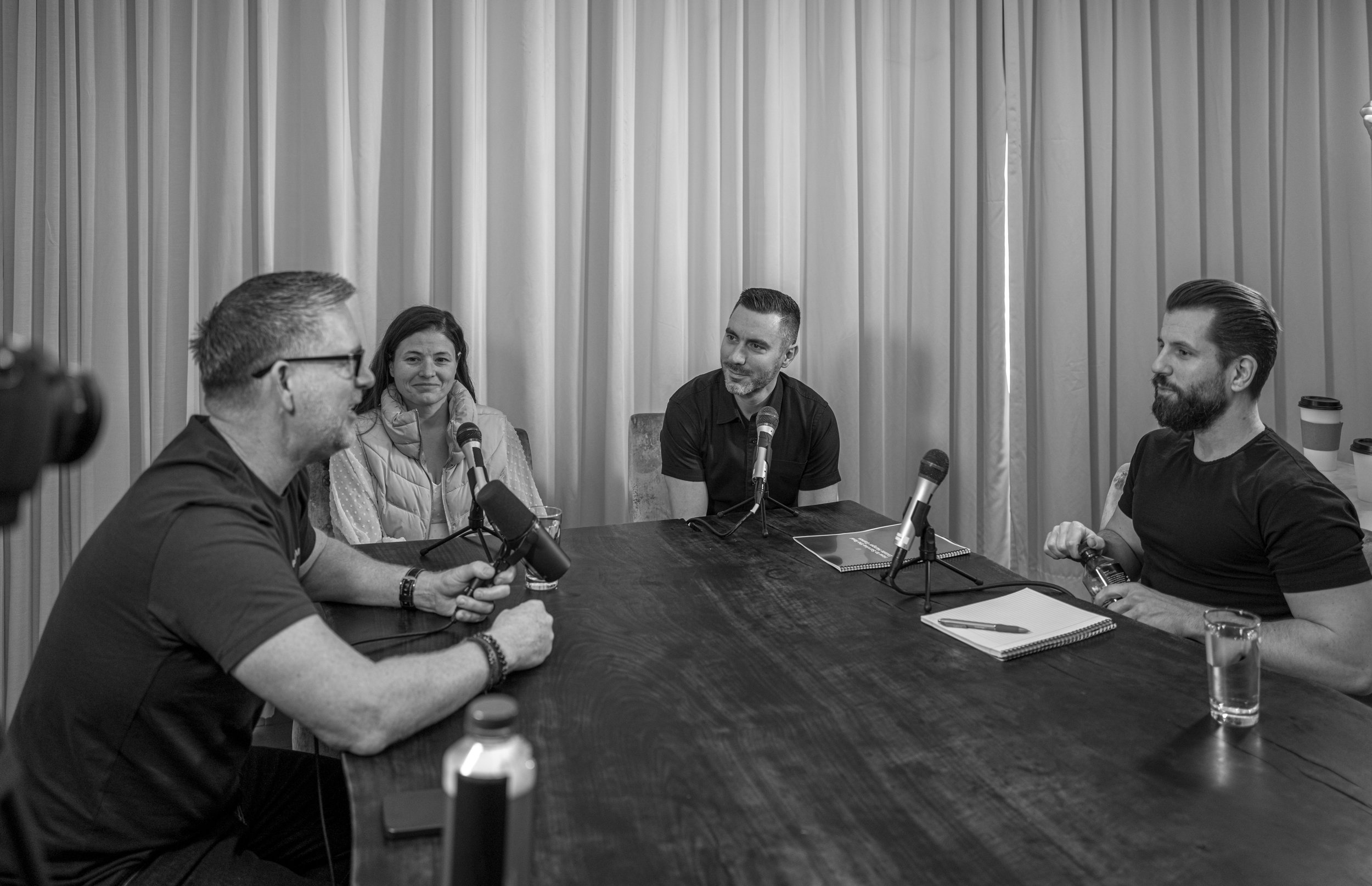As a content creator on YouTube, it's essential to understand how the platform's algorithm works. YouTube's algorithm takes into account several factors to determine which videos to recommend to users or rank in its search results. The three big factors that the algorithm evaluates: click-through rate, watch time, and retention.
Click-Through Rate
The first factor that YouTube's algorithm evaluates is click-through rate (CTR), which is the percentage of viewers who click on your video after seeing somewhere on the platform: recommendations, a feed, the search results, or elsewhere. A higher CTR simply means that more people are interested in your video and are willing to watch it—thus, YouTube is more inclined to rank and recommend it.
To improve your CTR, you should focus on creating compelling titles, “clickable” thumbnails, and video descriptions that accurately represent your video's content. It's essential to grab the viewer's attention quickly and give ‘em a good reason to watch.
Watch-Time
Watch-time is the second factor that YouTube's algorithm considers. It is what it sounds like: watch-time simply refers to how long viewers watch your video. The longer a viewer watches your video, the better your video is gonna perform.
If a viewer clicks to watch your video and “bounces” within mere seconds, for instance, YouTube’s able to figure that the content must not have lived up to the expectation. However, if the viewer watches for an extended duration, then it’s evidently what they wanted.
To evaluate whether there are any problematic exit-points where viewers tend to click off your video, head over to your YouTube Studio. Simply go to studio.youtube.com, and you can review your video's analytics.
Retention
Retention is the third variable that YouTube's algorithm evaluates. In a nutshell, Retention measures the total amount of time viewers spend on ALL of your videos cumulatively. So the more videos on your channel, the better—so long as they aren’t all-over-the-place topic-wise. It’s important to publish content that’s intended for your designated target audience.
Retention on YouTube is like a seniority clause, whereby established YouTubers tend to outperform new channels due to the collective viewership earned over time. Unlike other video channels like Reels or TikTok, YouTube doesn't let new channels outrank established ones easily.
Retention provides a quasi-permanent benefit to your channel since it measures the total amount of time viewers spend on all your videos combined. So… By consistently producing high-quality content and retaining viewers, your channel becomes more valuable to YouTube, helping reinforce your ranking across the board. Heck yeah! This means that the more you invest in building up your channel's Retention, the more it'll pay off over time, as you'll continue to earn more viewers and grow your channel's reputation on the platform.
Understanding how YouTube's algorithm works is critical for any content creator looking to grow their channel. By focusing on improving your click-through rate, watch-time, and retention, you’ll improve your videos' ranking and reach more viewers. Keep creating high-quality and engaging videos consistently, and you'll be on your way to success on YouTube.
P.S. If you wanna watch Jason’s FULL YouTube training video, head over to Tom Ferry’s site: https://www.tomferry.com/marketing/ep-54-6-tips-for-youtube-views/






